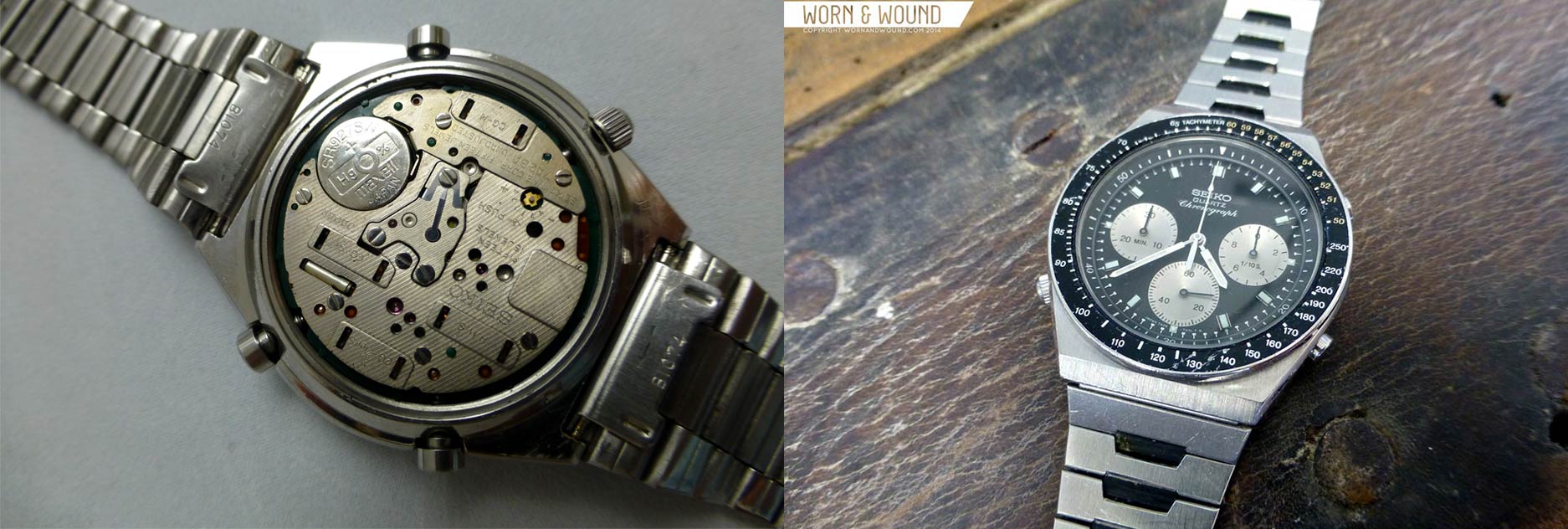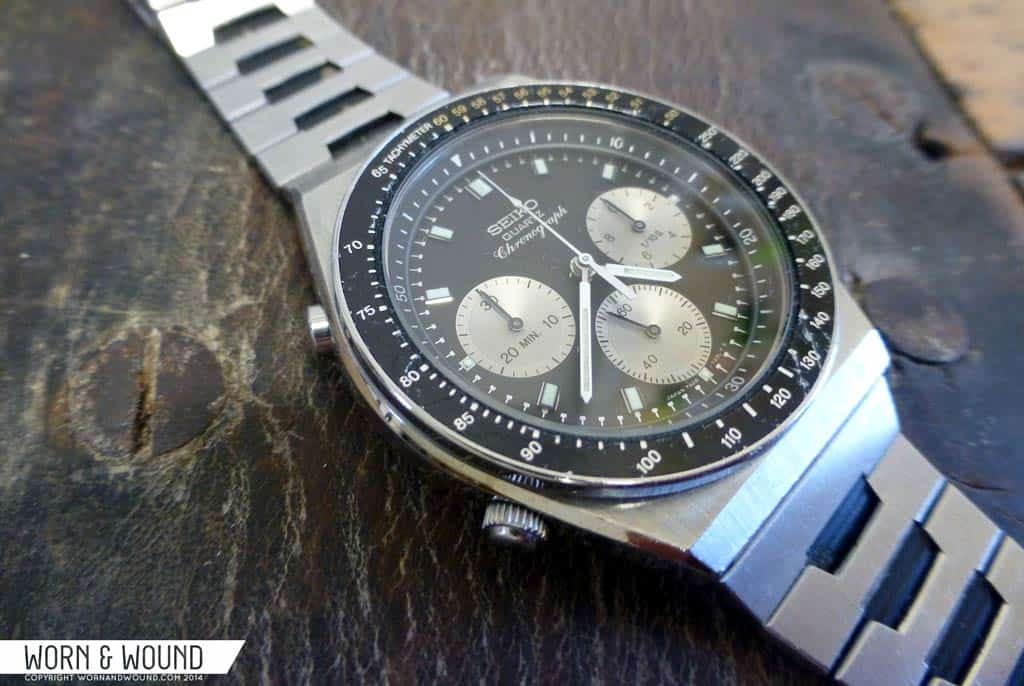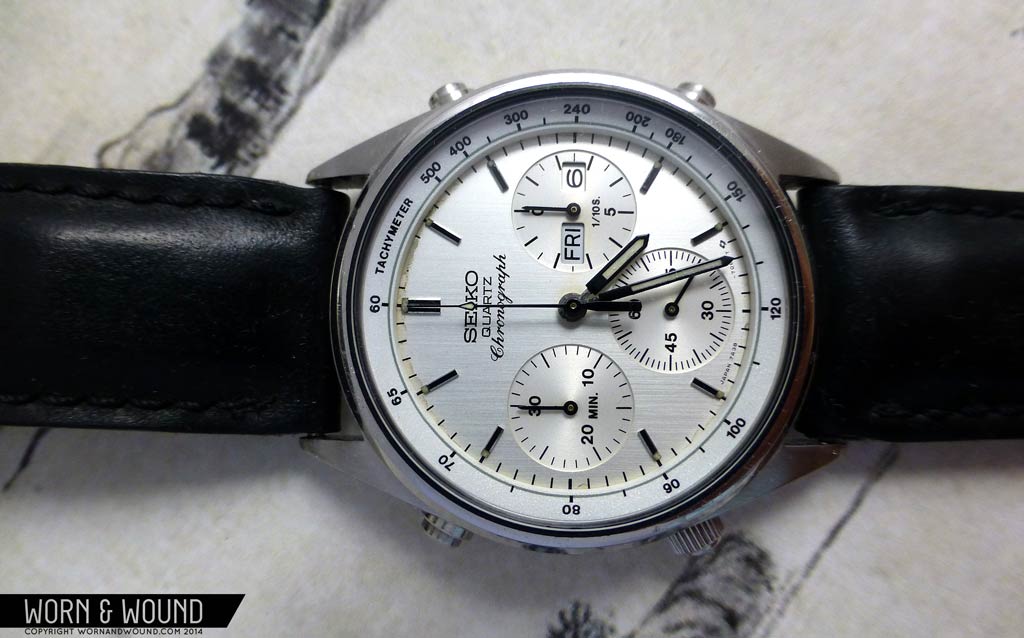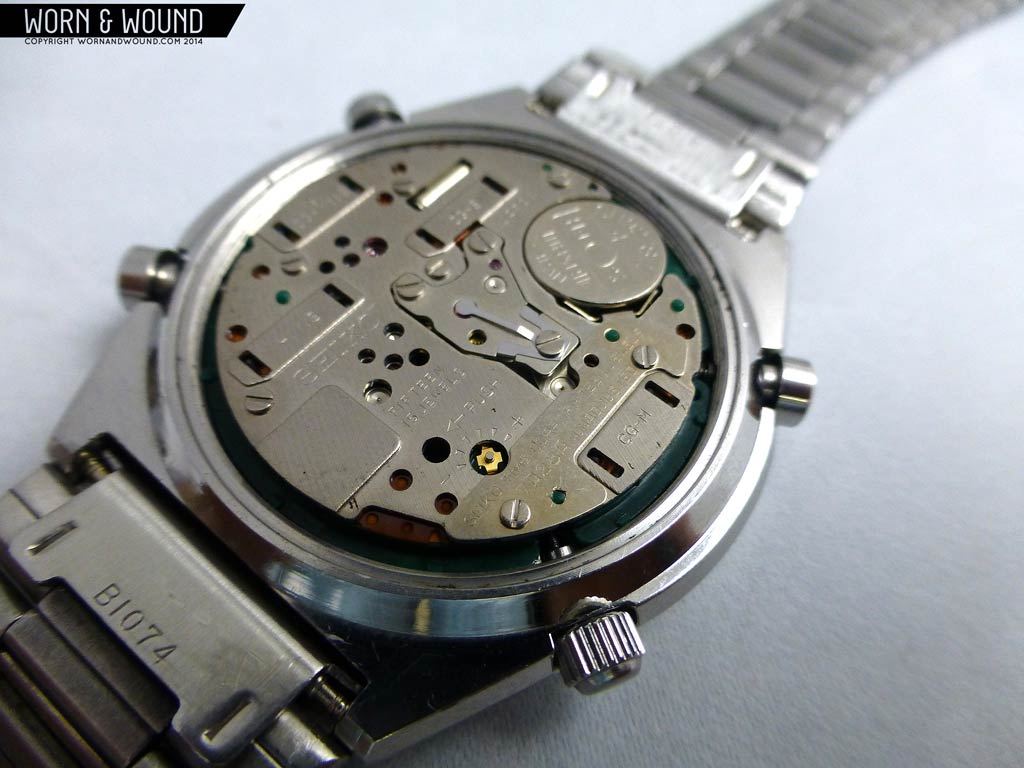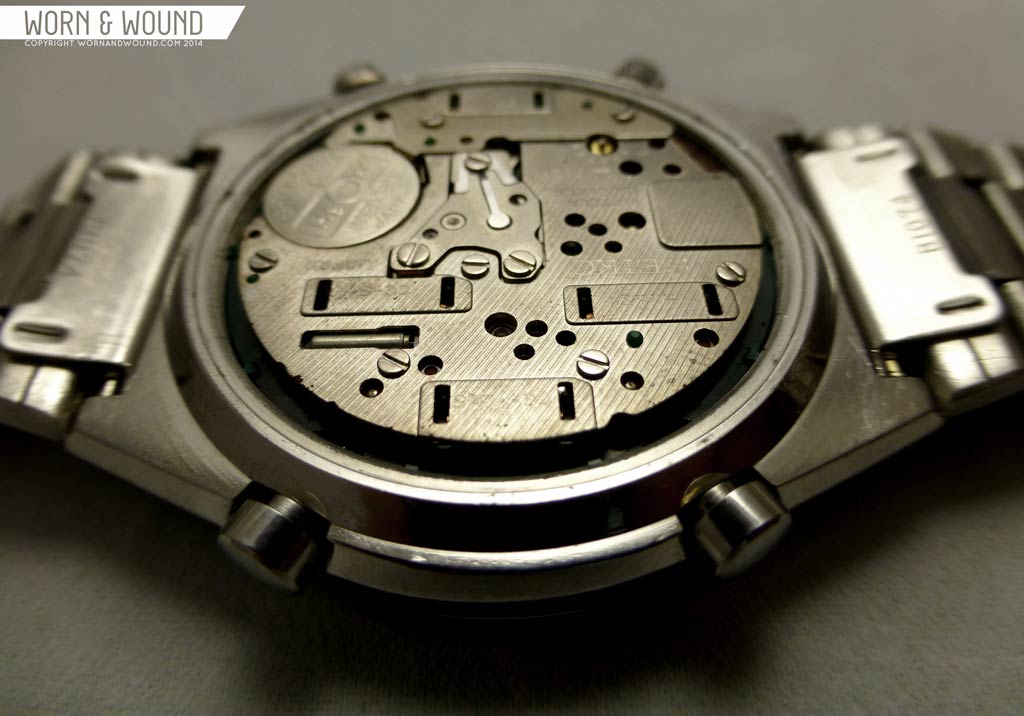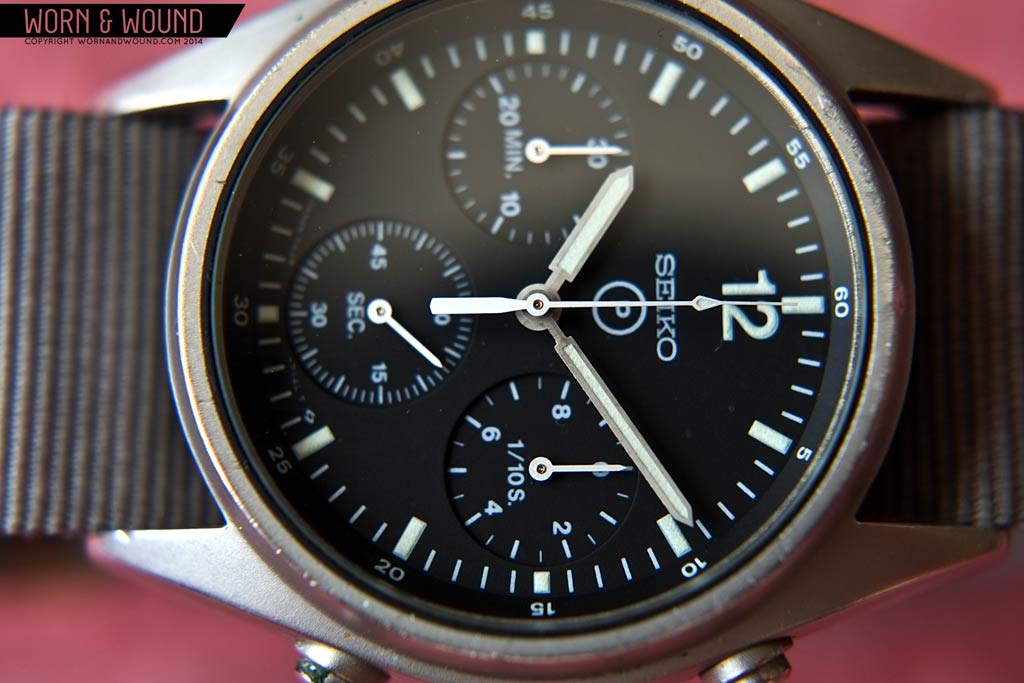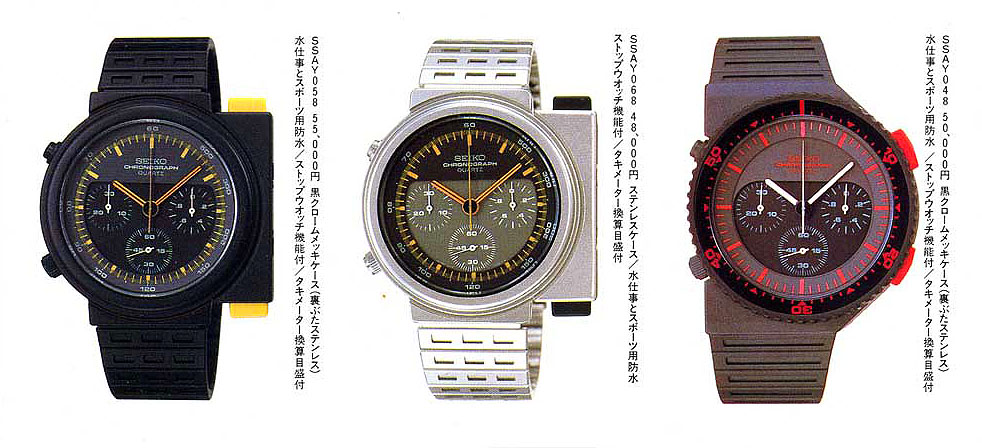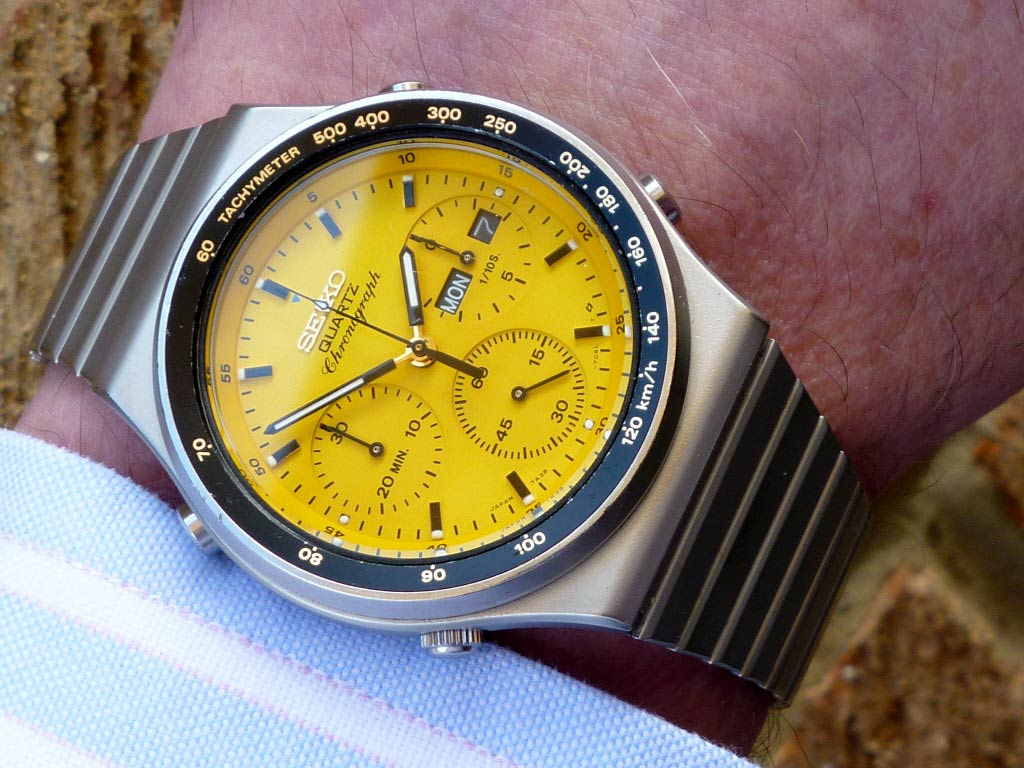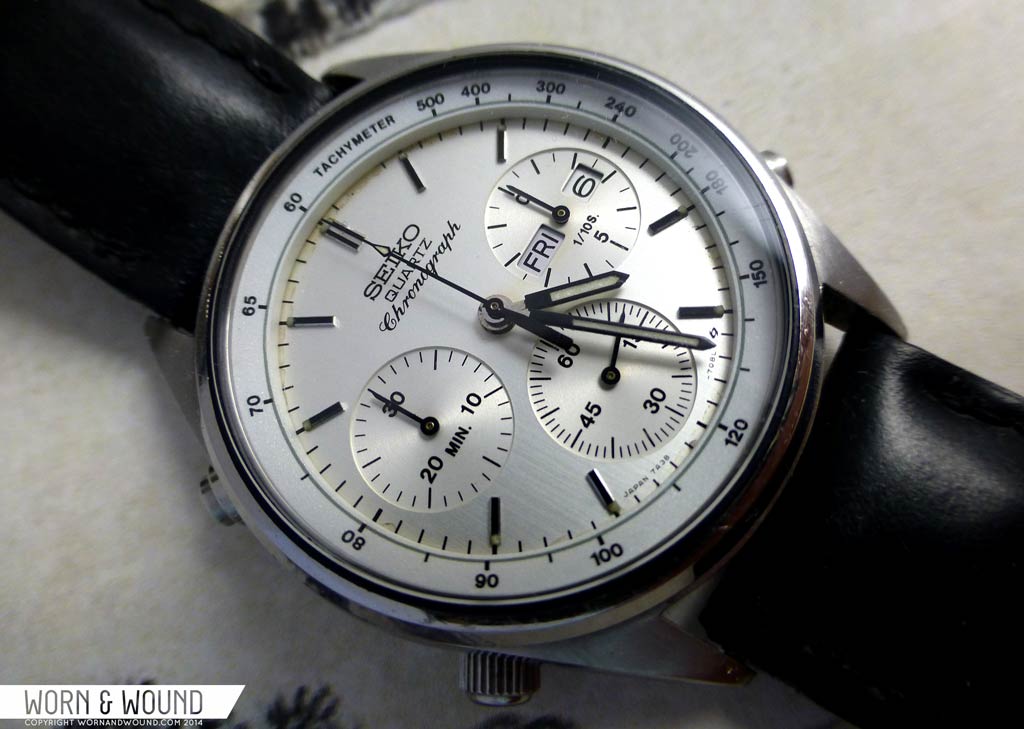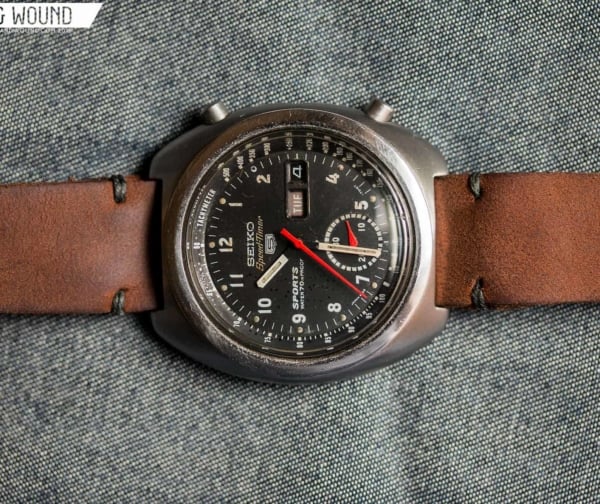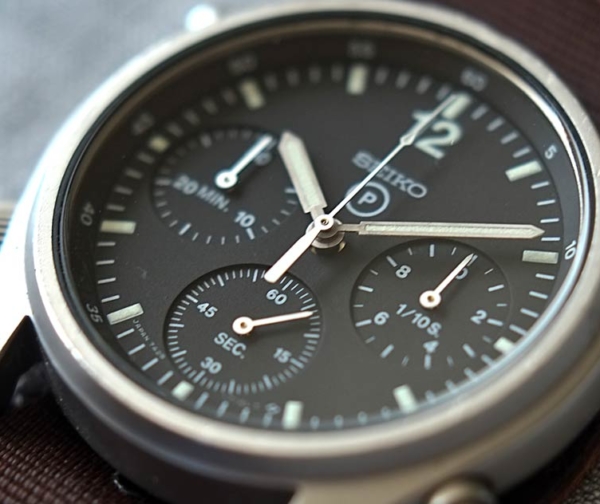Fancy owning a little piece of horological history? Well, you could head over to Geneva’s Patek Philippe Museum museum with your jemmy, a striped shirt and a ‘swag’ bag and quietly remove their Rieussec Seconds Chronograph. Feeling even braver? How about the earliest chronograph yet discovered? The Louis Moinet, in St. Blaise in Switzerland? Sadly, there are only two ways to get hold of watches like these – theft, – or complex midnight negotiations with a bloke with horns and a pitchfork at a remote rural crossroads. Like nearly every other mile marker along the road of horological progress, neither the Rieussec nor the Moinet are for sale.
There is, however, an easier way if you’re prepared to be a little less choosy. You still get a timekeeping milestone, but not at the cost of time behind bars or eternity somewhere warm. How about the very first analogue quartz chronograph…
It’s 1982. The Commodore 64 8-bit home computer is launched in the USA. Heuer are still making watches like the digital Chronosplit and the Swiss watch industry is being stabbed to death with quartz crystals. But, even though some people think it is acceptable to wear a watch that is also a calculator, a compass, a barometer and a TV combined, there is a sense that digital watches aren’t quite where it is at anymore. And that’s where Seiko – as they so often do – come in.









 Featured Videos
Featured Videos




